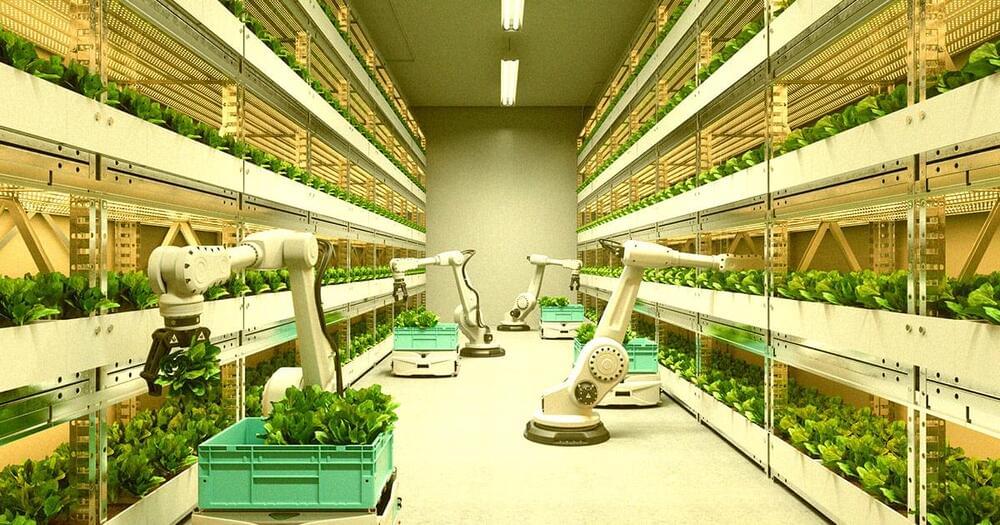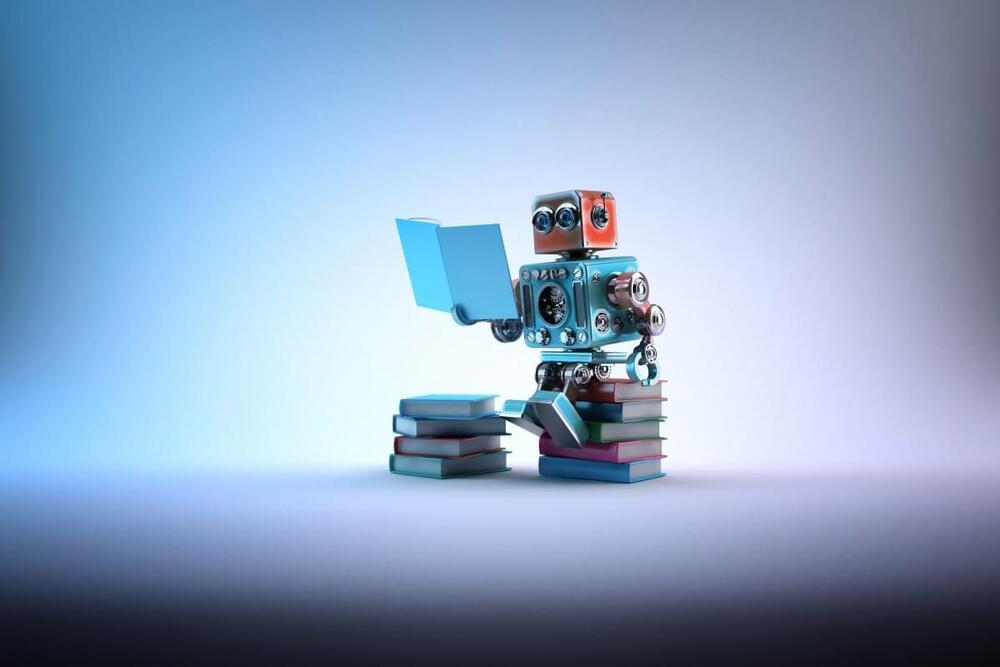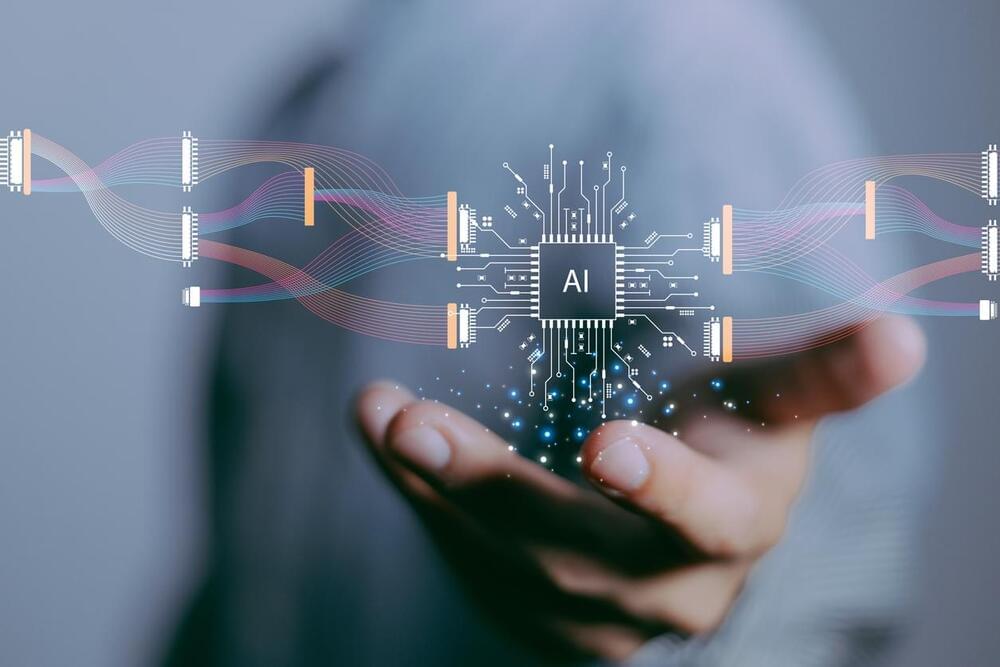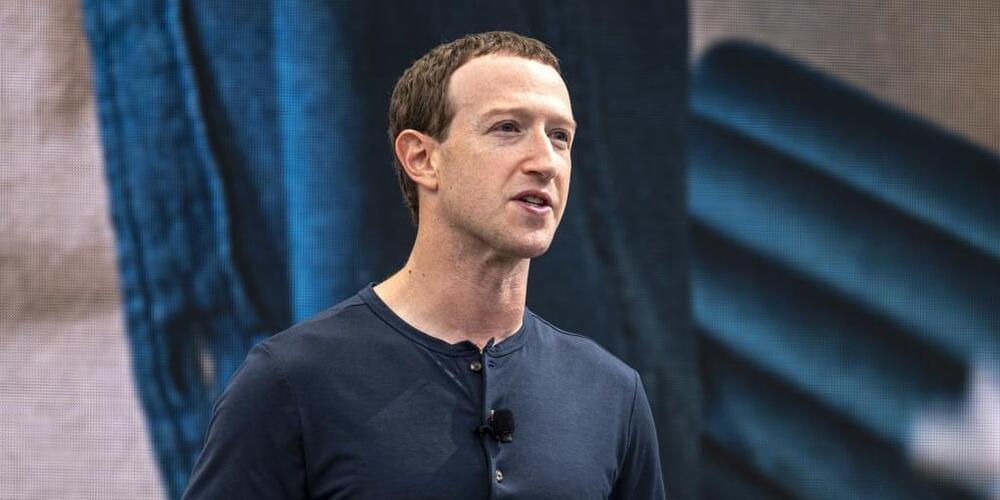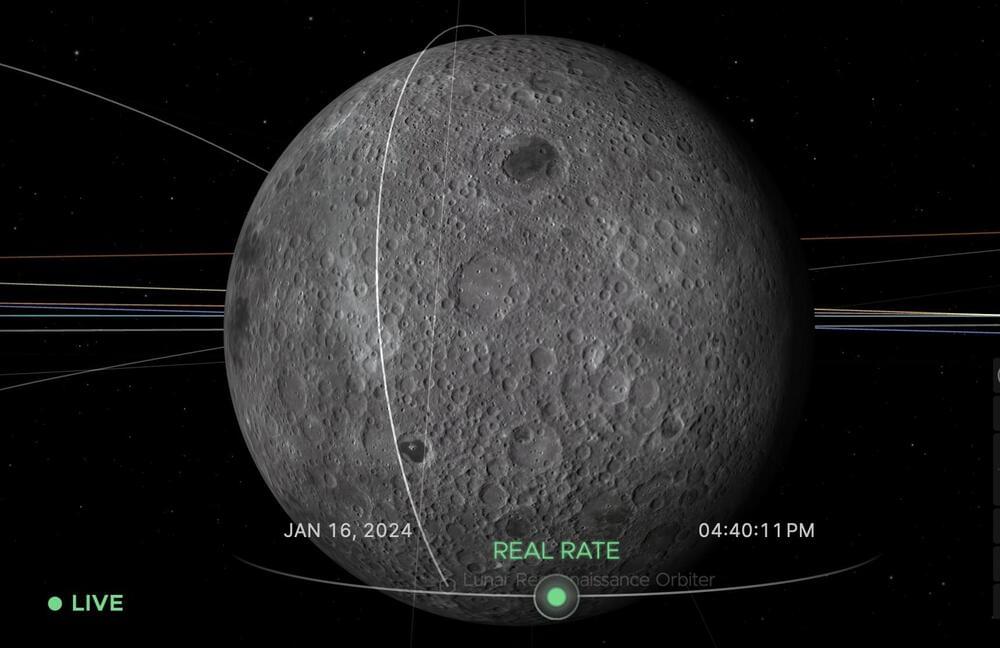The study, authored by five MIT researchers and titled Beyond AI Exposure, delves deep into the practicalities of replacing human labor with AI in the US, focusing on tasks that lend themselves to computer vision, such as those performed by teachers, property appraisers, and bakers.
Like many of us, you might find yourself nodding to a familiar digital doomsday chorus that vibrates through offices and coffee shops alike: AI will take my job!
Is this looming threat substantiated, or simply a manifestation of our shared anxiety in the wake of constant technological advancement? A new study from MIT CSAIL, MIT Sloan, The Productivity Institute, and IBM’s Institute for Business Value is set to challenge our long-held beliefs.
Their research critically examines the economic practicality of using AI for automating tasks in the workplace, with a specific emphasis on computer vision.
